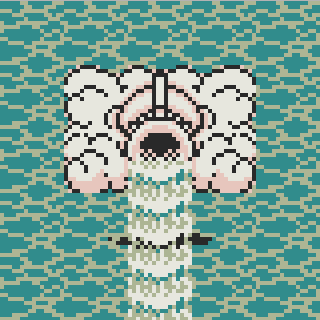One of the potential FPS games hoping against hope that it will effectively replace the Quake 3 family in the esport scene is Nadeo’s Shootmania. The game is half-deathmatch shooter and half-first-attempt-to-make-something-other-than-a-racing-game as far as the studio is concerned. Perhaps its this combination of factors that is leading the developer to think that they can change the formula on the classic a bit.
In Quake, railguns shoot straight. The fact is about as etched in stone as it can be, similar to bunnyhopping is the only way to move around in an arena. In Shootmania, they apparently don’t. Players, some of whom may have paid to have access to the game, have been complaining on Nadeo’s Shootmania subforum about the game’s railguns are not behaving as interpreted to be. While the topic sorely needed a post from a game developer, this post was probably not what the users had in mind:
Essentially, the Nadeo official is saying is that outside of servers running their own scripts and having their own settings, the railgun-in-name-only will continue to be itself.
But really, Nadeo just doesn’t give a fuck.
Granted the game is still months from a proper release, if anything that I’ve seen about it is any indication, the only real thing going in its favor is that there seems to be some relatively highly watched tournaments being broadcast with some pretty strong amounts of prize pools for winning teams. There have been tweaks for game-modes, but nothing earth-shattering for the game and nothing that resembles Quake.
A game can’t live on hype alone, but it looks like this is going to be the first real offering of an arena shooter in a while. Perhaps going back to FPS roots will help it build enough of a base to become a practical esport.



